After the telephoto zoom lens, the most prefered and useful accessory for a DSLR is a super-wide-angle lens, giving a much more realistic field-of-view, ideal for group photos or landscape photography.
Majority of kit lenses bundled with the DSLRs offer a widest focal length of 28mm equivalent, and 24mm in some cases. This is the most basic lens setup you'll see on most cameras but the wide angle of view they provide is not enough.
When you observe closely, the 28mm lens does not suffice when it comes to photographing large buildings, or while taking group shots across a narrow street. Also, it sometimes gets difficult to fit everything in the frame while shooting indoors.
This is where a super-wide-angle lens comes into its own – but having a wider angle of view isn't just a practical benefit. With a super-wide lens, you can get much closer to your subjects without cropping them, and this produces some brilliantly exaggerated perspectives. It goes without saying that they're perfect for landscape photography as well.

Super-wide-angle lenses can give your pictures a real sense of depth. They produce strongly converging lines that help lead your eyes into the picture and they help create a 'story' that links your subject to its surroundings.
You can get super-wide-angle lenses made by your camera manufacturer and by third-party lens makers, but here you need to make sure you get the right lens mount for your camera before you click on the 'Buy' button. Occasionally, lenses may be sold at different prices for different camera mounts.
APS-C vs full-frame
There is something else to be aware of – it's really important that you choose super-wide-angle lenses designed for your camera's sensor size. You can use a lens designed for full frame cameras on those with smaller APS-C sensors, but you'll lose the super-wide-angle effect.
For example, on a full-frame Canon DSLR like the EOS 6D, a standard zoom or 'kit' lens will be in the range 24-70mm, so Canon's EF 17-40mm full frame lens gives a really wide angle of view.
But on a Canon with an APS-C sensor, like the EOS 760D, the kit lens will typically be in the 18-55mm range, and you'll need a 10-20mm zoom, or thereabouts, to get a super-wide angle of view.
You can fit the full frame Canon 17-40mm lens to an APS-C Canon, but you'll be using a smaller part of the image created by the lens and you'll hardly be any better off than using the regular 18-55mm kit lens.
But don't worry. We've split these lenses up into APS-C and full-frame lists so that there's no danger of buying the wrong one – and we've done this for Nikon DSLRs and lenses too.
- Best cameras of 2018: Top 10 cameras for any budget in India
- The 8 best mirrorless cameras you can buy in India
Canon's entry-level and enthusiast cameras, right up to the EOS 7D Mark II, use an APS-C size sensor. This means you need wide-angle lenses designed specifically for this smaller sensor size and this is what we list here. Just bear in mind that you can't use these lenses on full-frame cameras if you decide to upgrade later on.
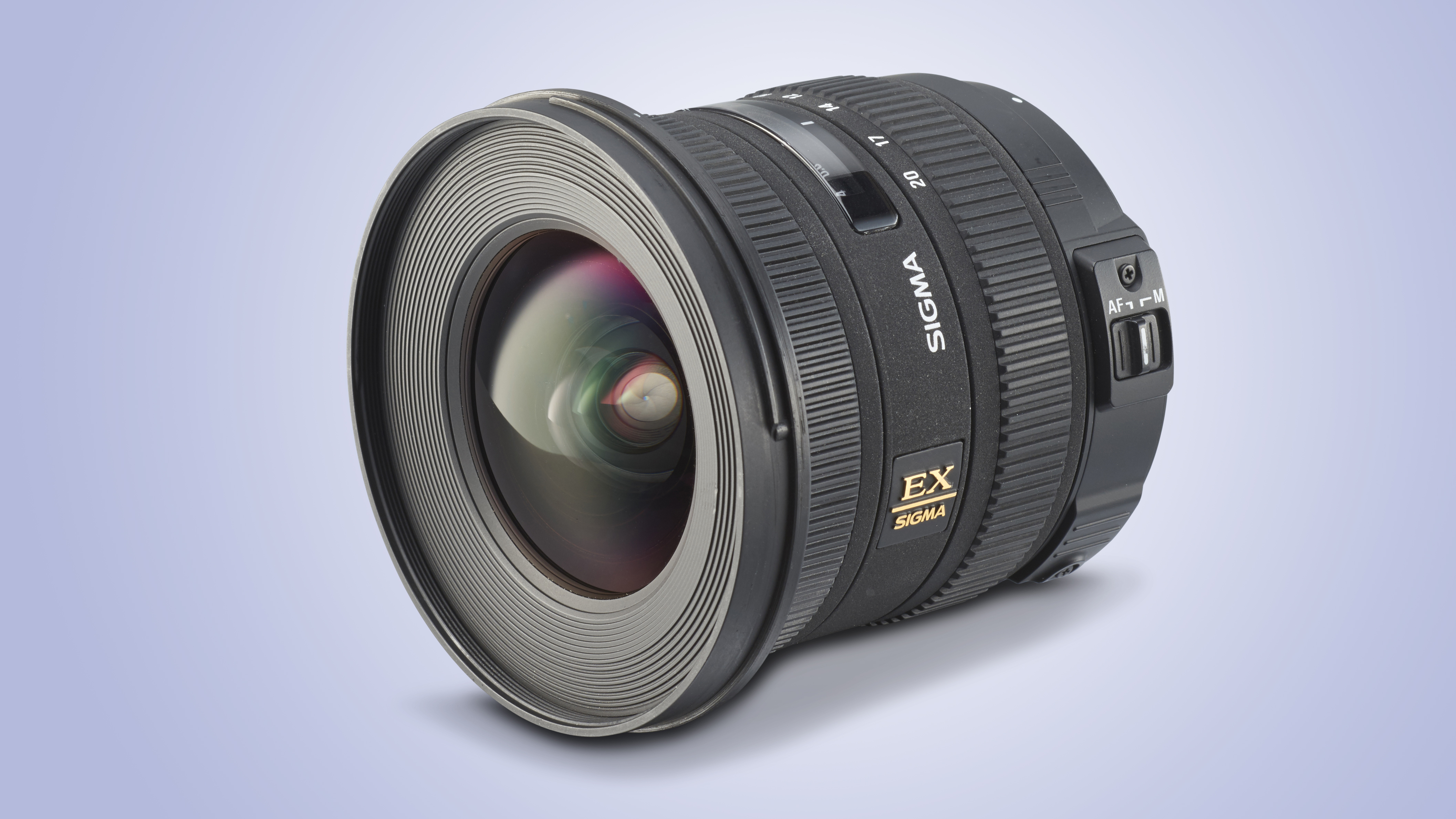
This lens is newer, bigger and better than Sigma's original 10-20mm, which is still on sale. This new one has a constant f/3.5 maximum aperture, yet it's now only a little more expensive than its predecessor.
It's a professional-grade lens with fast and quiet ring-type ultrasonic autofocus and a seven-blade diaphragm. It's quite a chunky lens, though, and features a large 82mm filter thread. Sharpness and contrast are excellent and it's also very consistent throughout the zoom range. Colour fringing is very well controlled, and distortion is only really noticeable towards the shortest end of the zoom range. In all, it's a superb lens that's also great value for money.
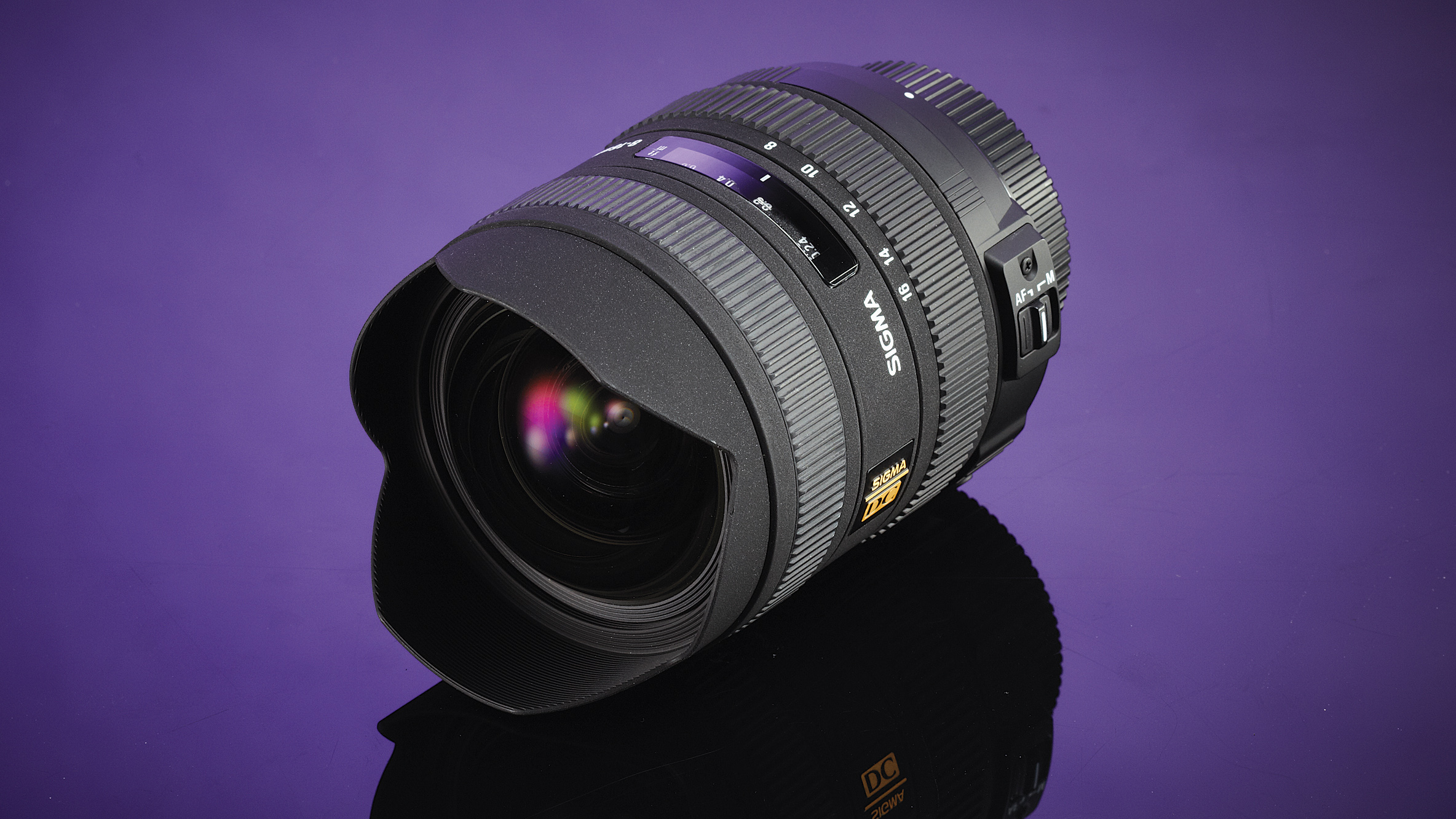
The Sigma 10-20mm f/3.5 (top) is a bit of a modern classic because of its specs, performance and price, but if you want a lens that's wider still, then take a look at this Sigma 8-16mm. It only has a 2x zoom range, but at these focal lengths the extra 2mm at the wide-angle end of the zoom range makes a big difference to the angle of view.
The Sigma 8-16mm is quite long because the hood is built into the lens barrel, but the build quality is very good, with a smooth-acting zoom ring and ring-type ultrasonic autofocus system.
One downside of the ultra-wide angle of view is that barrel distortion at the short end of the zoom range is more noticeable but this lens is unbeatable if you're after the widest possible view.
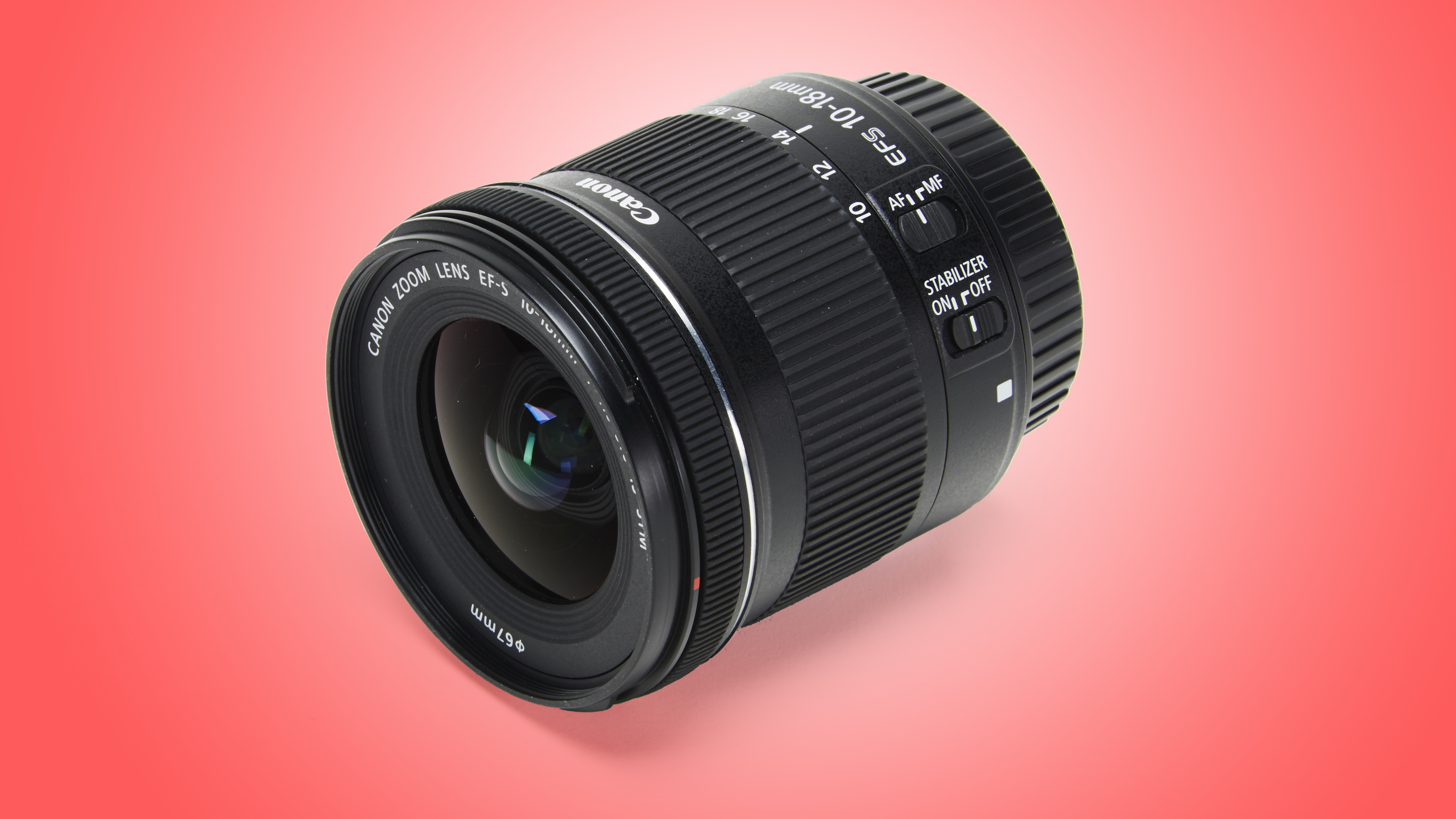
Canon is rolling out more and more compact, lightweight lenses with its STM (stepping motor) autofocus system. The lightweight theme stretches to the mounting plate, unfortunately, which is made from plastic rather than metal. But the STM system delivers silent and fairly rapid autofocus, along with smooth autofocus transitions – very important when shooting video.
The 'fly by wire' focus ring is very thin, which isn't great for handling, but it's very smooth and precise in operation. The 10-18mm zoom range makes sense, as it gives a wide angle of view at the short end, and matches the 18mm starting point of standard kit zooms at the long end.
Another bonus is that this lens offers image stabilisation, which is uncommon in super-wide-angle lenses. Sharpness is good and this lens outperforms Canon's long-established 10-22mm lens at some settings, despite costing a lot less.
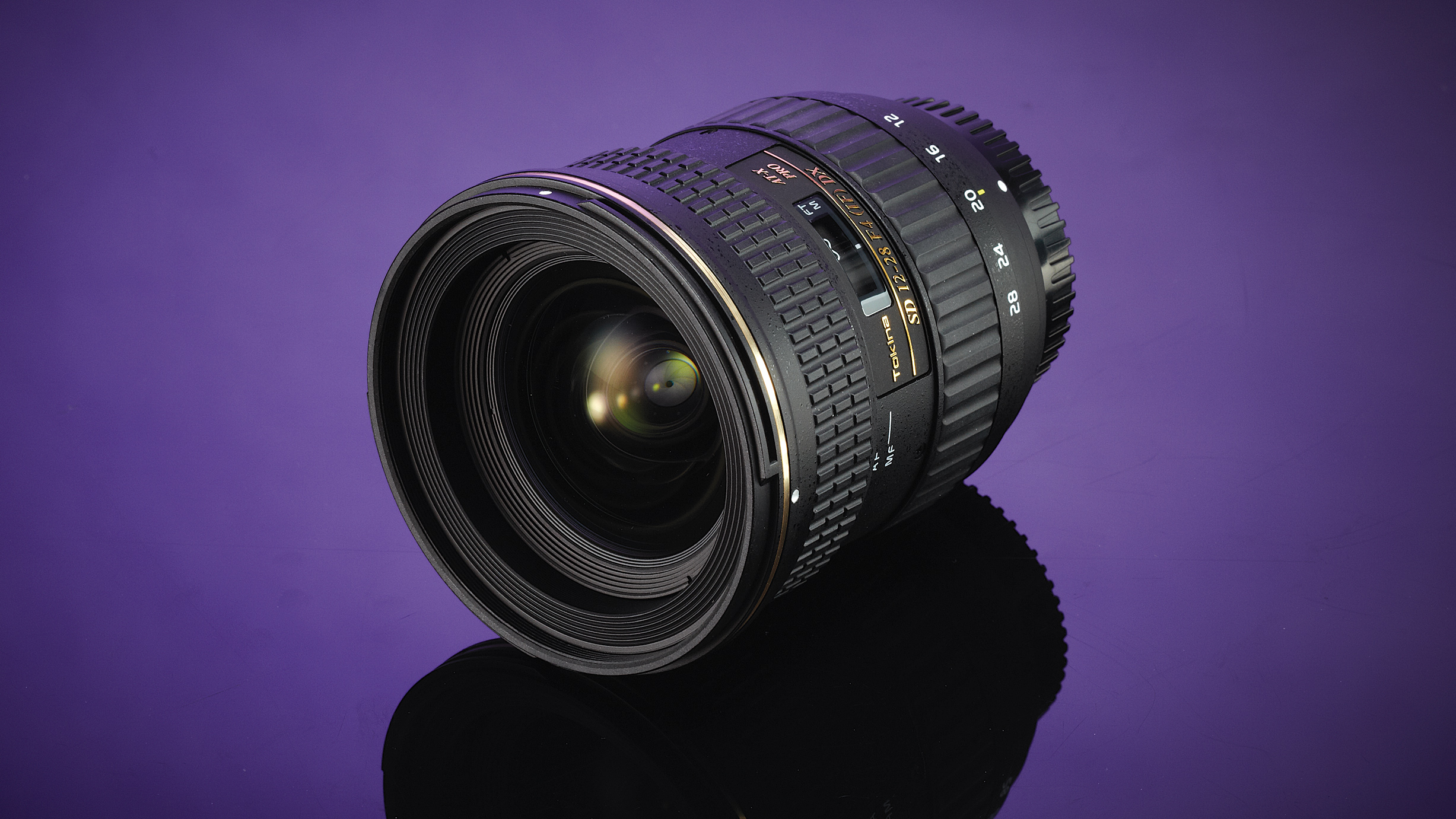
With a minimum focal length of 12mm, this Tokina lens can't go quite as 'wide' as most of its rivals, but it does offer a longer maximum zoom setting which makes it more of an all-rounder that you could leave on the camera more of the time. It feels reassuringly robust and has Tokina's new SD-M (Silent Drive-Module) autofocus, which is based on a GMR (Giant Magneto Resistance) system.
It still lacks full-time manual override, but you can quickly switch between AF and MF via a simple control in the focus ring. The amount of barrel distortion is disappointing at the shortest zoom setting, but it's practically non-existent at the long end of the zoom range.
Sharpness is respectable, but it isn't quite as good as Tokina's own 11-16mm lens (below).
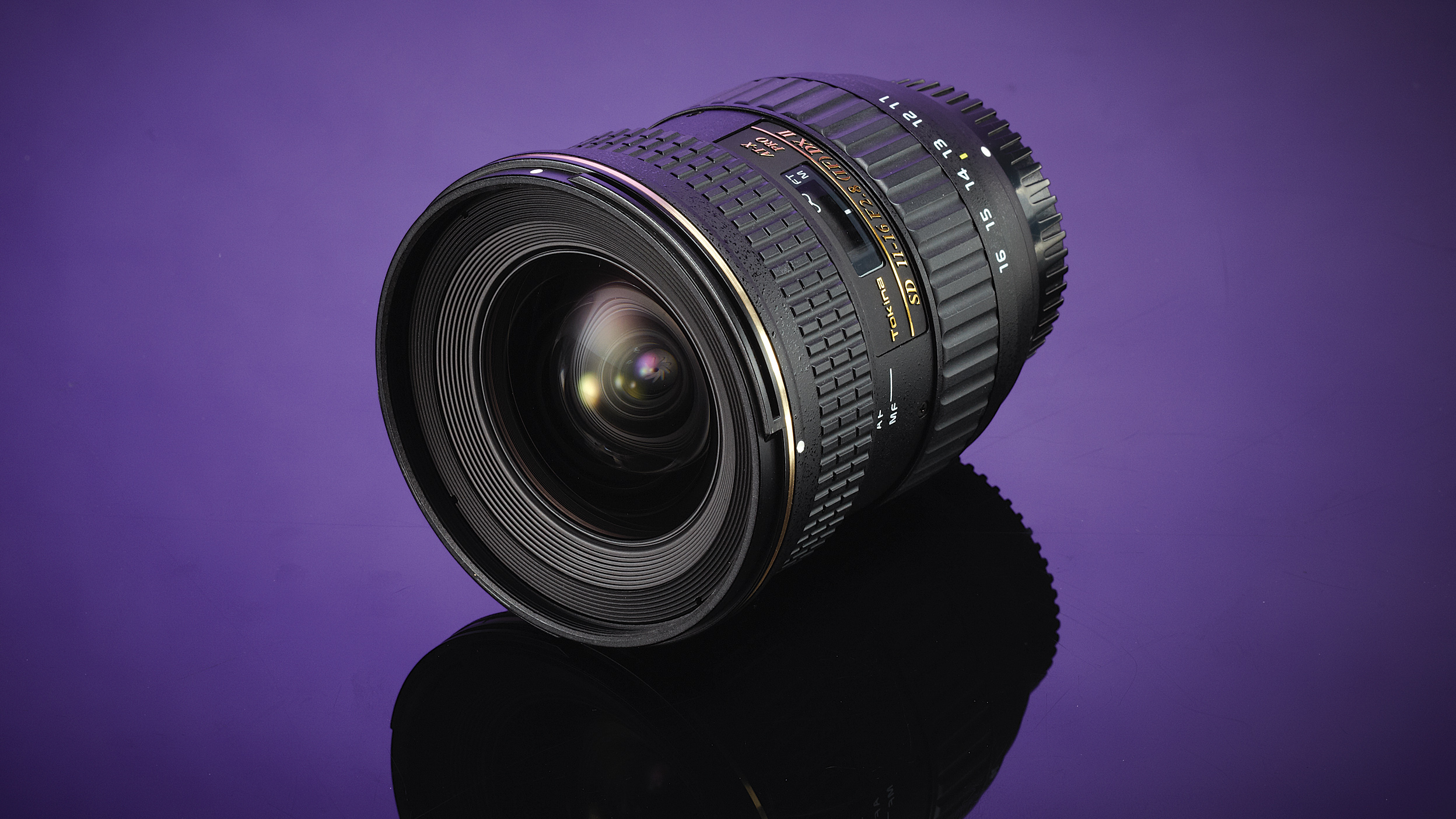
With its comparatively paltry 1.45x zoom range, both the minimum and maximum focal lengths offered by this Tokina lens look unimpressive. But the spec that sets it apart from the rest is its f/2.8 widest aperture, which remains constant throughout the zoom range – it's the one of the 'fastest' super-wide-angle lenses on the market.
It's an update of an older model but the latest Mk II edition of the lens doesn't add much for Canon users, apart from revamped coatings to resist ghosting and flare. Sharpness is good throughout the zoom range, even at f/2.8, though colour fringing is a bit high and distortion levels are slightly disappointing.
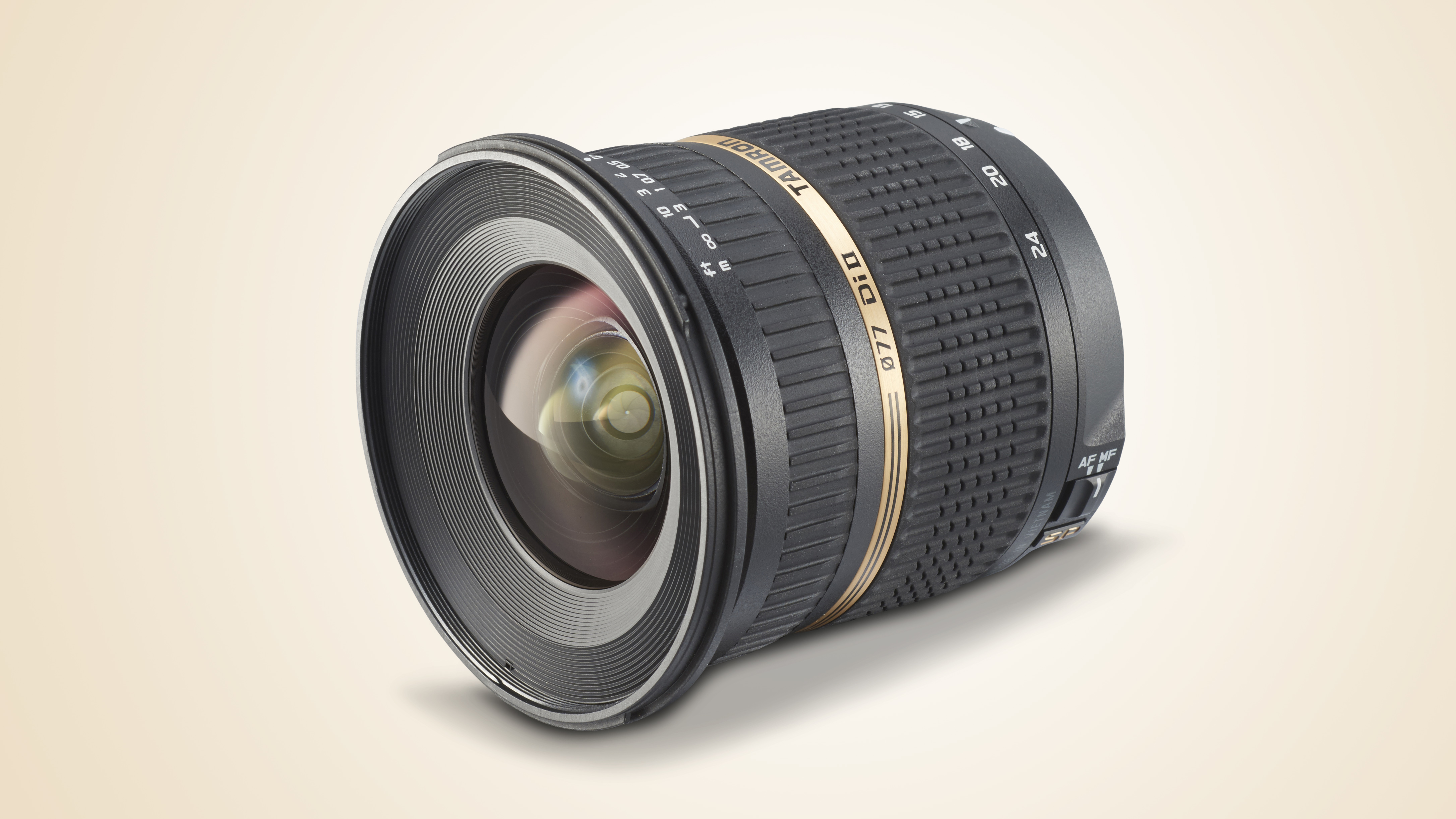
When it was first launched, this Tamron lens set a new 2.4x zoom range record for a super-wide-angle lens. That's since been equalled by the Nikon 10-24mm, though, and the Tokina 12-28mm also comes close. The Tamron does have a built-in electric motor for autofocus but it lacks the refinement of ring-type ultrasonic or stepping-motor systems, and the focus ring rotates during autofocus so you have to keep your fingers clear.
Sharpness at the centre of the frame is good, especially at the short end of the zoom range, although the edges and corners of images can look soft. Barrel distortion remains quite pronounced throughout the zoom range.
The Tamron is still a decent buy, but the drop in price of the constant-aperture Sigma 10-20mm f/3.5 makes the Tamron look less of a bargain and in both specs and performance the Tamron 10-24mm now looks average.

For a long time this has been the official Canon super-wide-angle zoom for its APS-C DSLRs, and although it's now been joined by the new EF-S 10-18mm STM lens, the 10-22mm remains the pricier, more upmarket option.
Now 10 years old, the lens still feels like a quality item, and includes ring-type ultrasonic autofocus and a focus-distance scale mounted beneath a viewing window.
We have, however, experienced poor sharpness from this lens in the past. The sample we tested this time proved better at the frame centre with apertures around f/8, yet sharpness was still disappointing towards the edges and corners, especially at larger apertures, where vignetting was also noticeable.
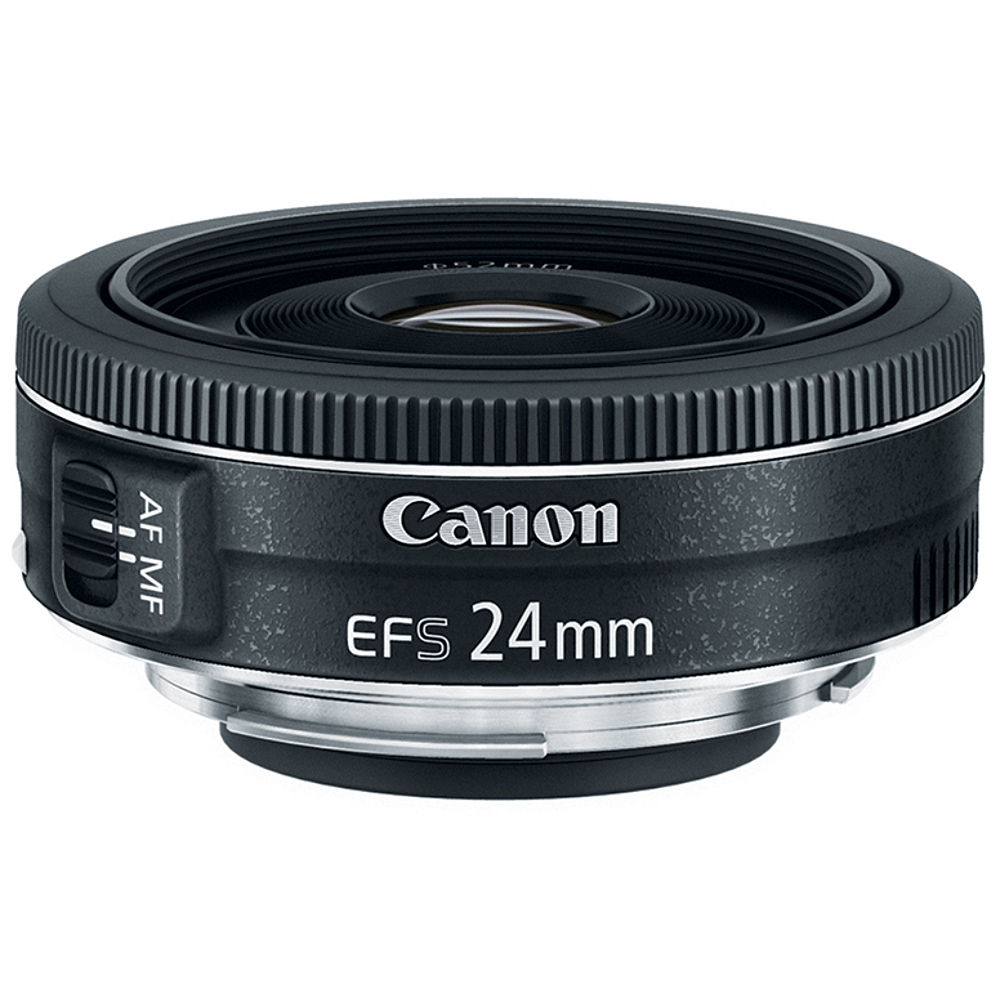
Let's end the list with something affordable, that is a great starting point for anyone looking for an easy to use wide-angle lens— the iconic Canon 24mm f/2.8 "pancake lens".
Being a prime lens, you lose the ability to change the focal length, but you can an additional stop of aperture for creamy out-of-focus backgrounds. 24mm is a good focal range for architecture, landscape and even product photography and has minimal barrel distortion too.
The newer variant with STM has a very quick and quiet autofocus motor, making it ideal for instances such as vlogging or videos too. Prime lenses are often recommended to beginners to better understand the nuances of photography, and the 24mm f/2.8 gets a strong recommendation at a starting price of under Rs 10,000.
If you have a full-frame Canon DSLR like the 5D Mark IV, then you'll need a full-frame super-wide-angle lens – you can't use a smaller lens designed for its APS-C cameras. Nikon full-frame DSLRs can use smaller format lenses in a 'crop' mode, but that's not possible with Canons.
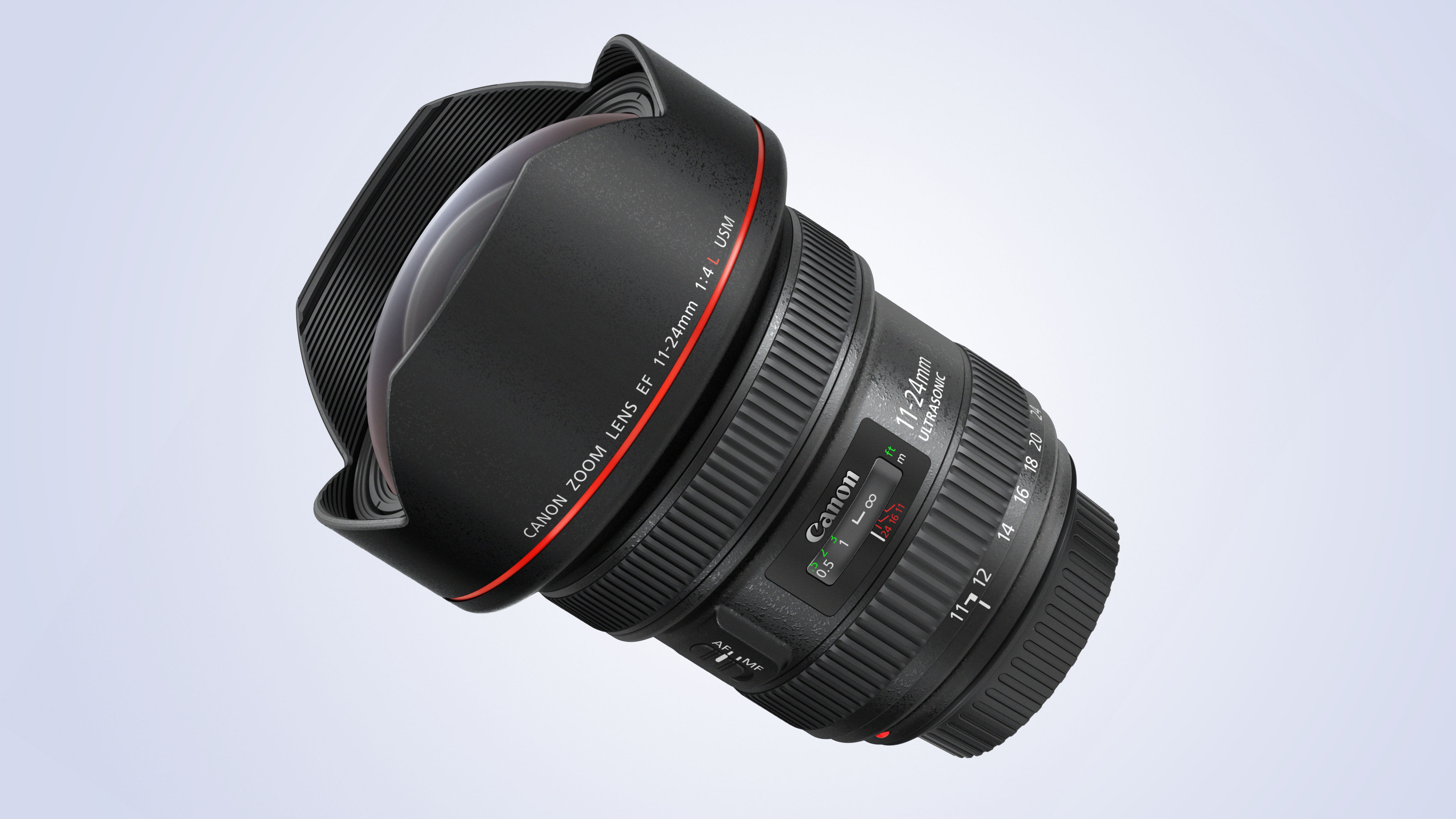
Canon has some superb full-frame ultra-wide-angle zoom lenses, but until recently the only option shorter than 16mm was the EF 8-15mm f/4 – but that's a fisheye lens. The extra 5mm advantage of the 11-24mm lens may not sound very much, but even very small changes in focal length have a huge impact with ultra-wide-angle optics – every millimetre delivers a visibly wider angle of view.
Although it may have a short focal length, the EF 11-24mm f/4L USM is a pretty substantial lens, with a bulbous front element shielded by a built-in petal-style lens hood. A lens cap pushes over the hood to protect the precious glass in transport – and you will want to protect it because the optical performance is excellent.
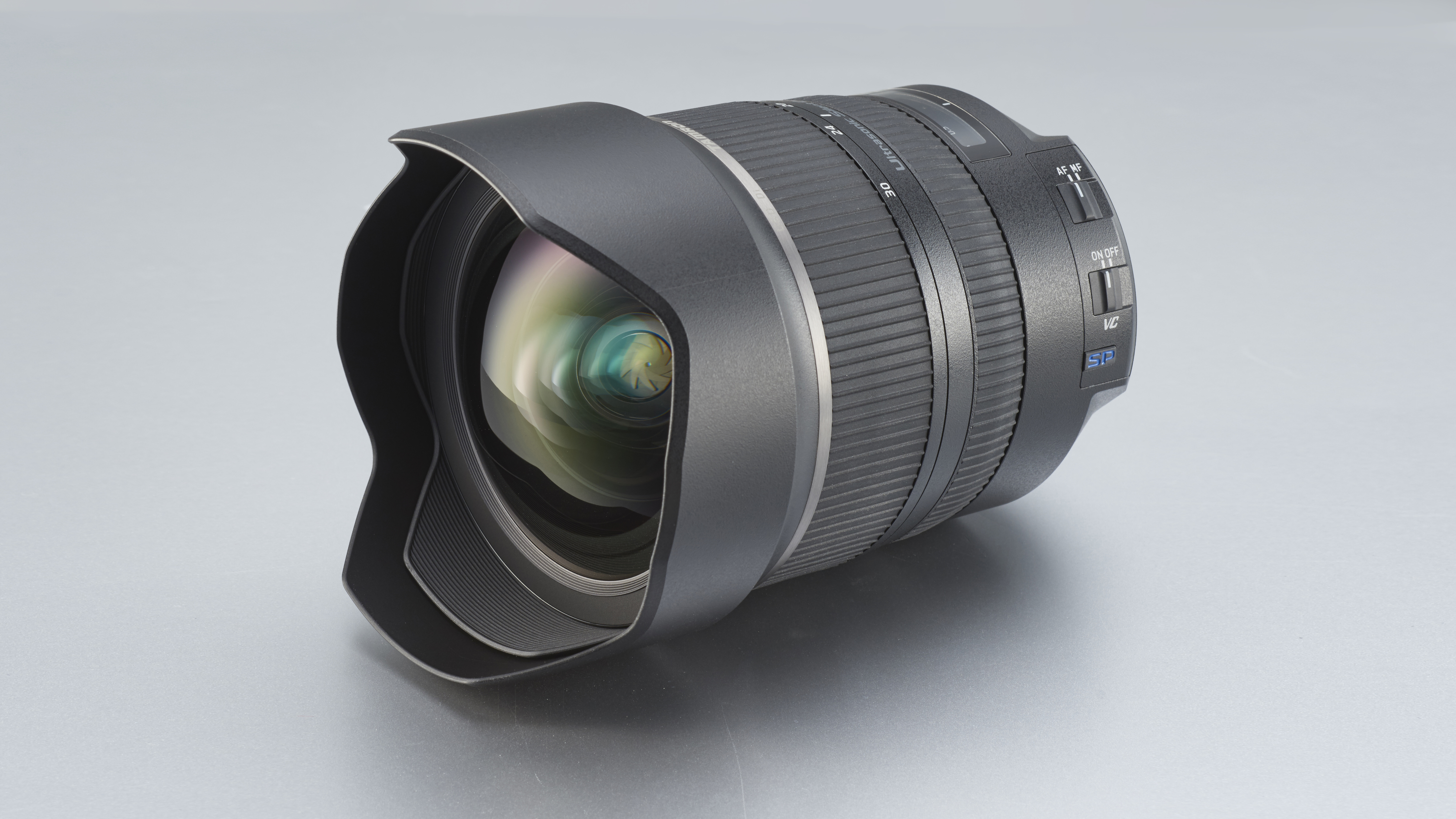
This Tamron lens doesn't go quite as wide as the Canon 11-24mm, but it's still wider than most. Tamron has developed a line of 'fast' zoom lenses that have a constant, wide f/2.8 aperture, complete with optical image stabilisation or VC (Vibration Compensation), and this 15-30mm takes the lineup into super-wide-angle territory, continuing the themes of impressive build quality, weather-sealed design, ring-type ultrasonic autofocus and image stabilisation.
It's a big lens, but it feels well balanced on Canon full frame bodies from the 6D to the 1D X and handling is excellent. Sharpness is exemplary from the centre to the extreme edges of images, throughout the zoom range. Colour fringing is controlled well and the VC (Vibration Compensation) gave a four-stop benefit in our tests.
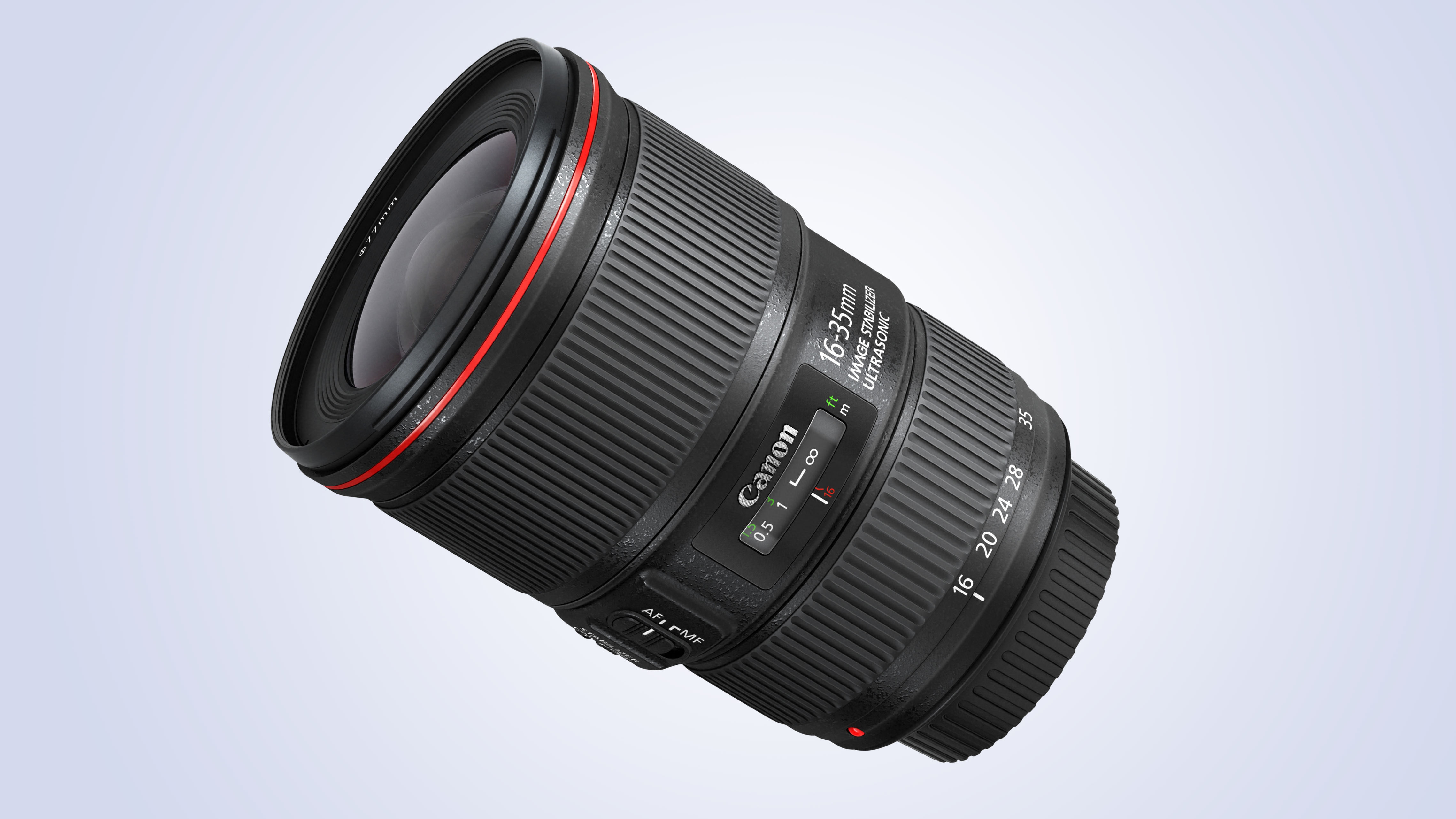
On the face of it, the smaller maximum aperture of this lens compared to the 16-35mm f/2.8 version (below) might make it seem less desirable, but the build, weather sealing and handling are just as good and what this lens loses in the 'speed' of its widest aperture, it makes up for with the addition of a four-stop image stabiliser.
Centre-sharpness is fabulous throughout the zoom range, even at the widest f/4 aperture. Sharpness is also well maintained away from the centre but it falls off towards the edges marginally more than in the Tamron 15-30mm lens.
There's very little colour fringing and overall performance is excellent, making this lens better value than the Canon 16-35mm f/2.8.
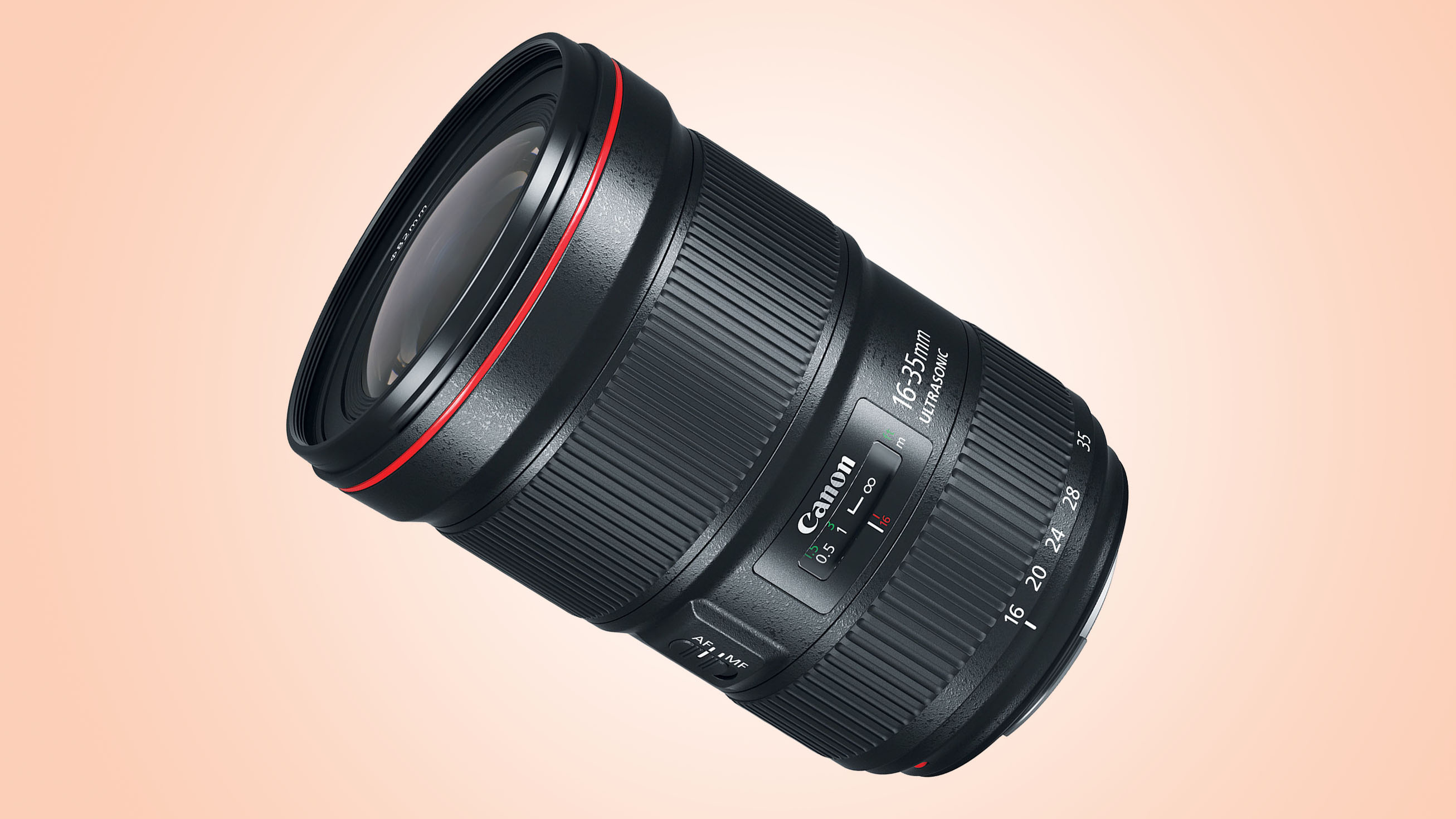
Like other L-series Canon lenses in Canon's lineup, the 16-35mm f/2.8 is robust and features weather seals. Its ring-type ultrasonic autofocus is fast and quiet, and the zoom and focus rings are silky-smooth in operation.
This latest version is optically a lot better than the Mark II version, delivering excellent sharpness across the whole frame, along with superb contrast, even when shooting wide-open at f/2.8.
However, sharpness and contrast aren’t significantly improved over the EF 16-35mm f/4L IS USM, and that lens also features image stabilisation.
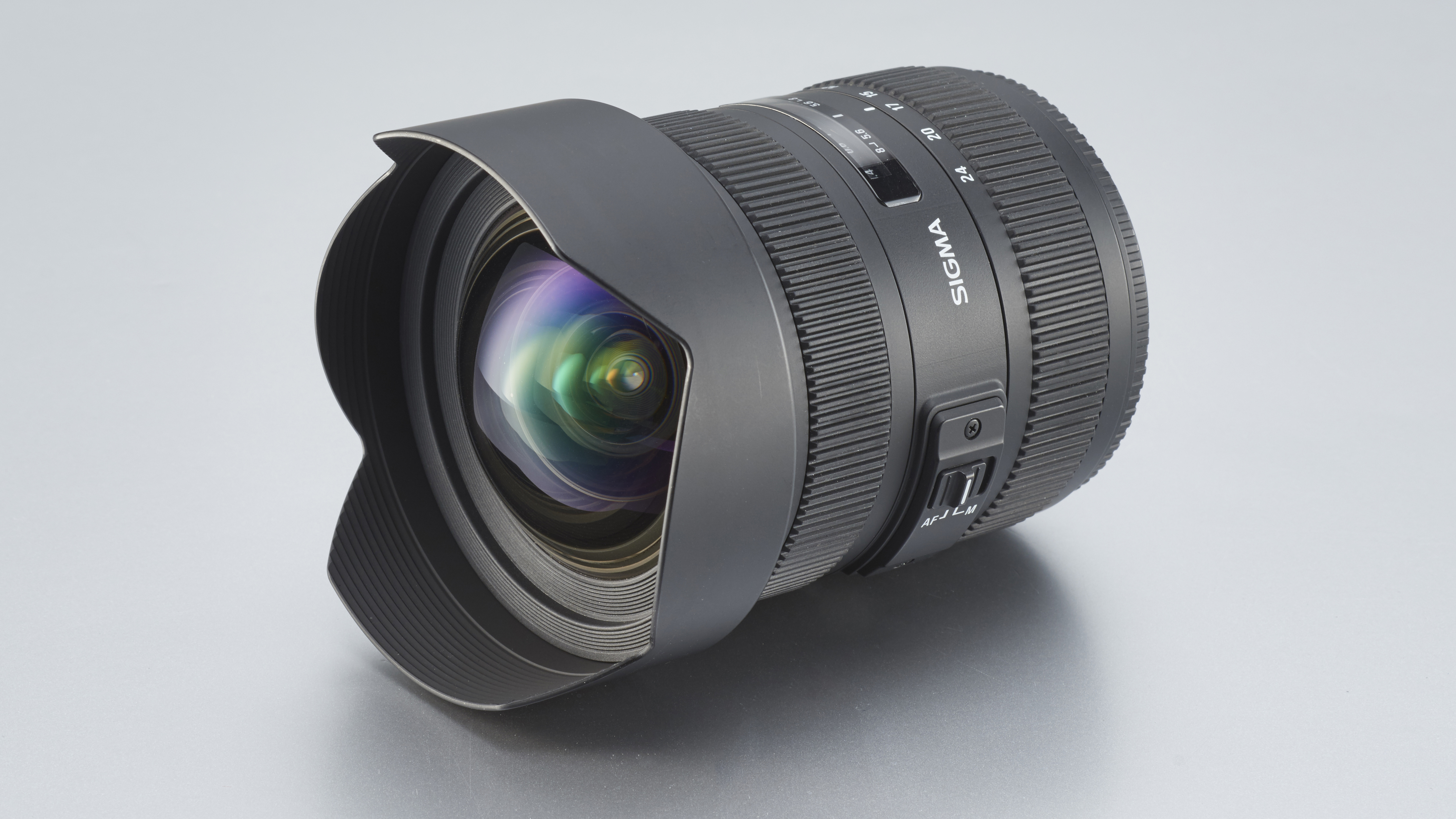
This is like the full frame equivalent of the APS-C format Sigma 8-16mm. With a 122-degree viewing angle at its shortest focal length, the maximum viewing angle is wider than anything else on the market, bar the Canon 11-24mm.
This lens offers ring-type ultrasonic autofocus and delivers excellent center sharpness throughout the zoom range, though this does drop off at the extreme corners of the frame when using wide apertures at very short focal lengths.
Barrel distortion is quite well controlled though – this is often quite strong in super-wide-angle lenses.
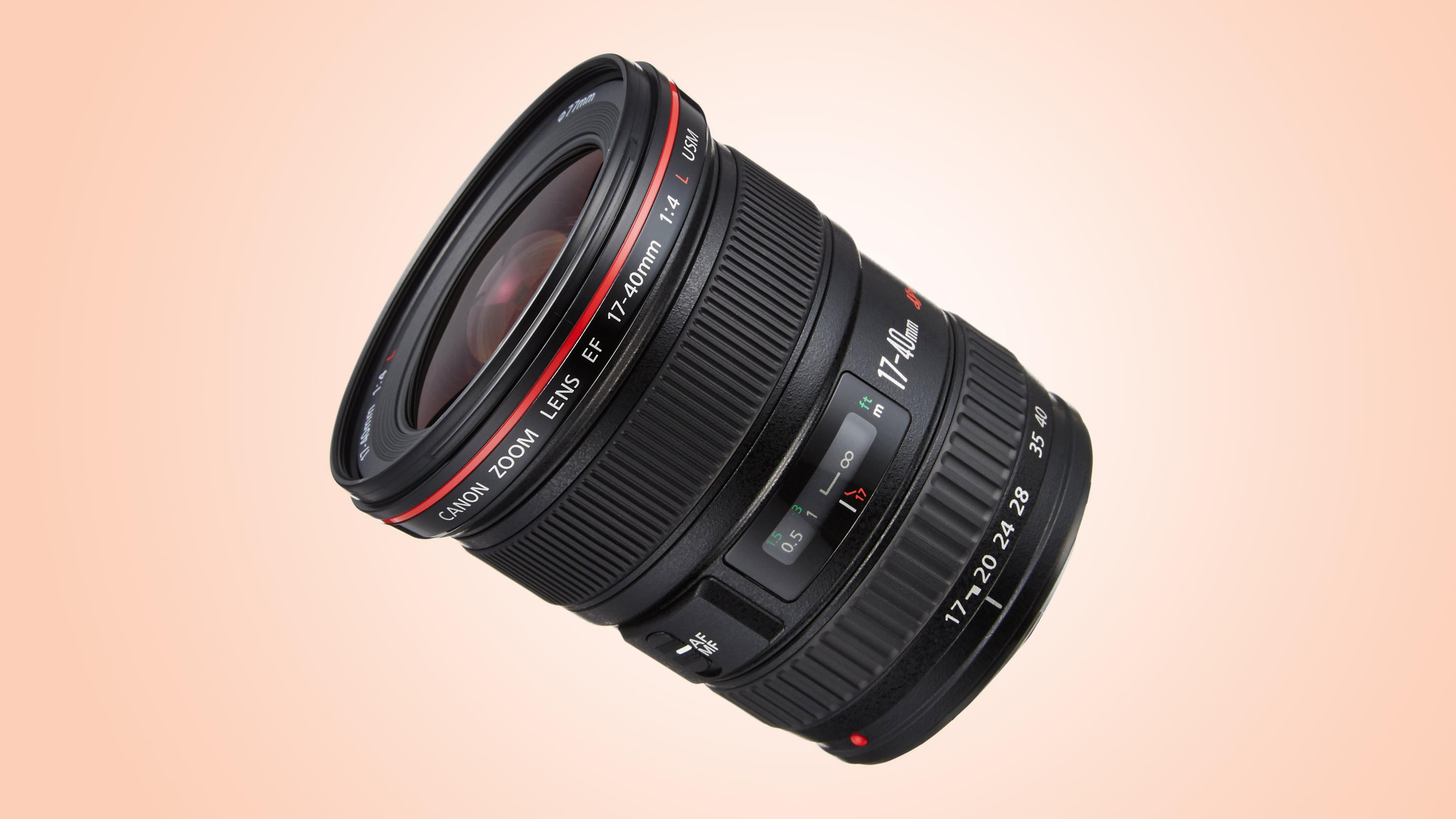
This is one of Canon Canon's L-series (Luxury) lenses and includes weather seals, with a rubber ring around the mounting plate to guard against dust and moisture entering the camera. It's not the widest super-wide-angle lens in the Canon range, but from a money-saving point of view, the 17-40mm is only just over half the price of the Canon 16-35mm.
Autofocus is very rapid and the manual focus ring is smooth and precise, both in manual focusing mode and in full-time override of autofocus. The action of the zoom ring is similarly smooth.
There is no optical stabiliser in this lens, and while the sharpness is mostly impressive, there's some vignetting (darkening of image corners) when combining the shortest focal length with the widest available aperture – but it's no worse than average.
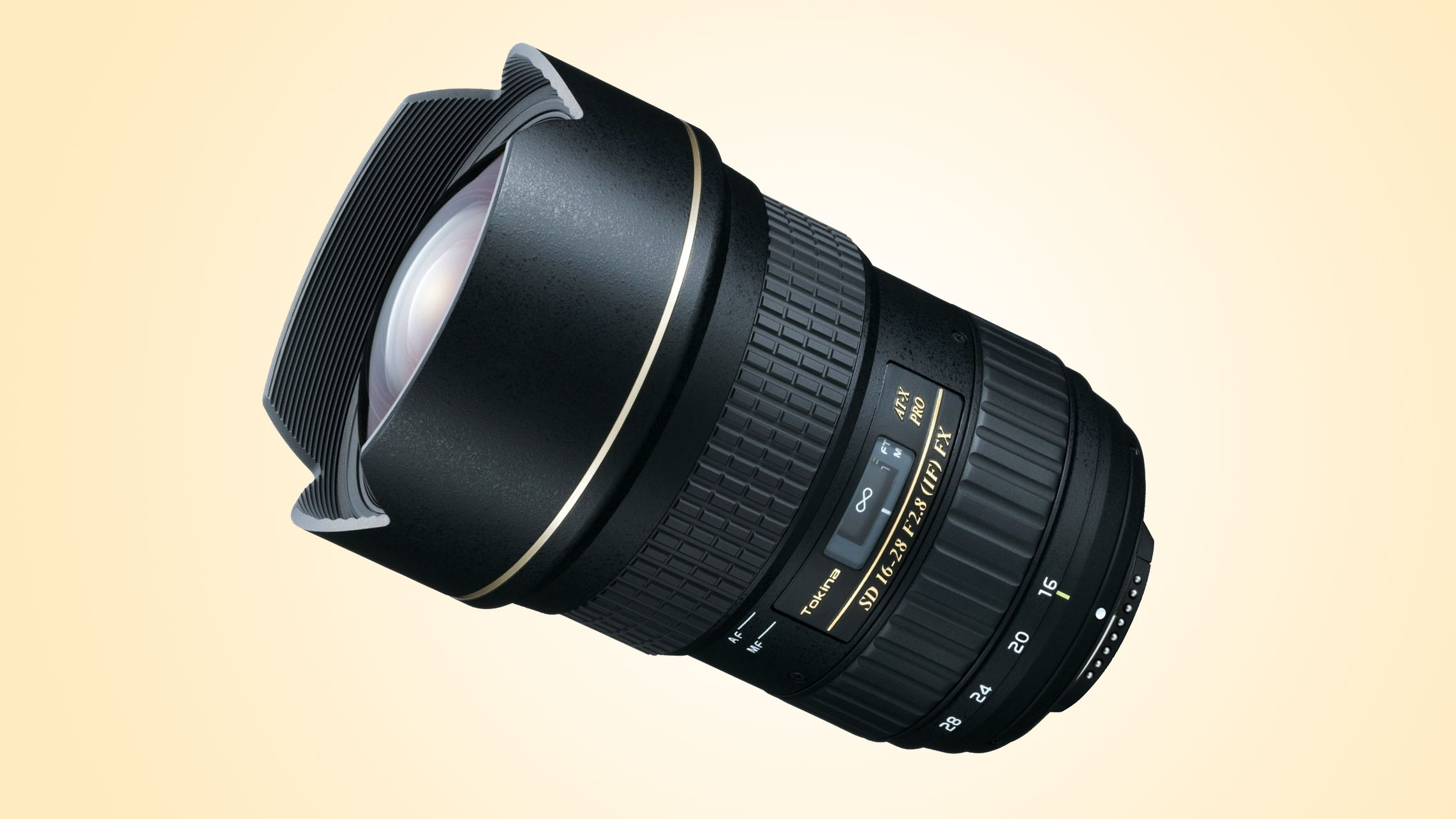
This is a big, heavy lens weighing nearly a kilogram (2lb), due in part to that fast f/2.8 constant aperture. The Tokina employs a 'silent' DC autofocus motor and GMR (Giant Magnetoresistance) module, and the company claims this gives faster, quieter autofocus. It's certainly true compared with some of Tokina's older lenses.
This lens has Tokina's trademark 'one-touch focus clutch' – essentially a push-pull mechanism coupled to the focus ring, for switching between autofocus and manual focus. It's slicker than some because you don't need to switch between AF/M on the camera body or lens.
Handling and image quality are very good, with high levels of centre sharpness and restrained colour fringing, though the corners could be sharper. The built-in hood helps to avoid ghosting but precludes the use of filters.
Whereas the Nikon 10-24mm super-wide lens was launched back in 2009, this lens dates from 2003, preceding even the D70 camera which brought DSLR photography to the masses.
Even relatively ancient lenses can still be extremely good, and you'd certainly have high hopes for this one, given that it's the most expensive DX-format ultra-wide lens on the market. Features include fast, quiet ring-type ultrasonic autofocus and a constant aperture.
Even so, it's a stop slower than the Tokina 11-16mm lens, and the the maximum angle of view is reduced. Considering its high price, performance is disappointing for both sharpness and color fringing.
Taking everything into account, the Nikon looks overpriced compared with independently made competitors, as well as its own 10-24mm stablemate.
from TechRadar - All the latest technology news https://ift.tt/2DkM5ht